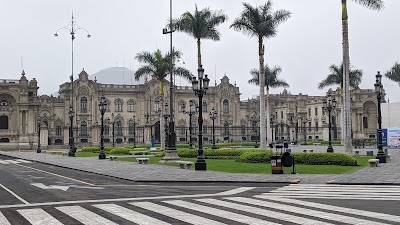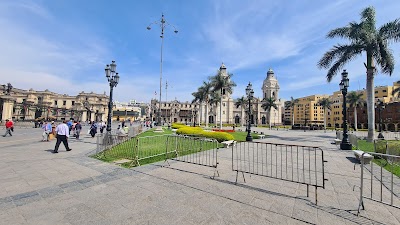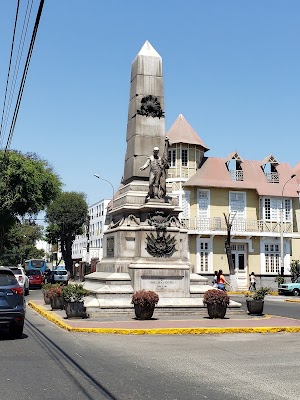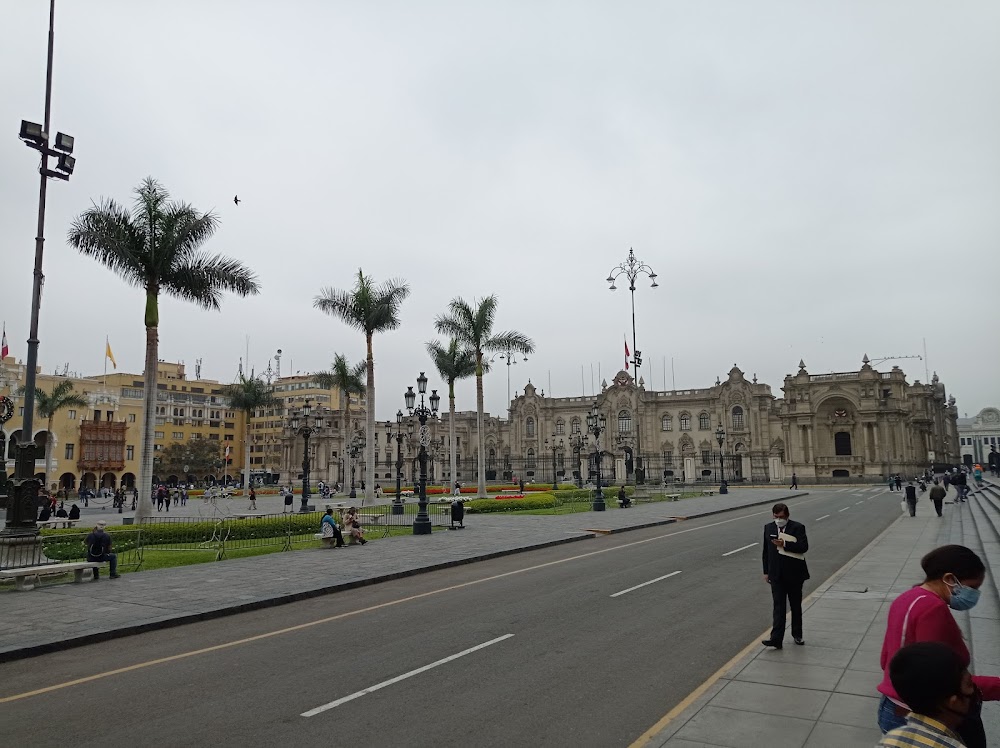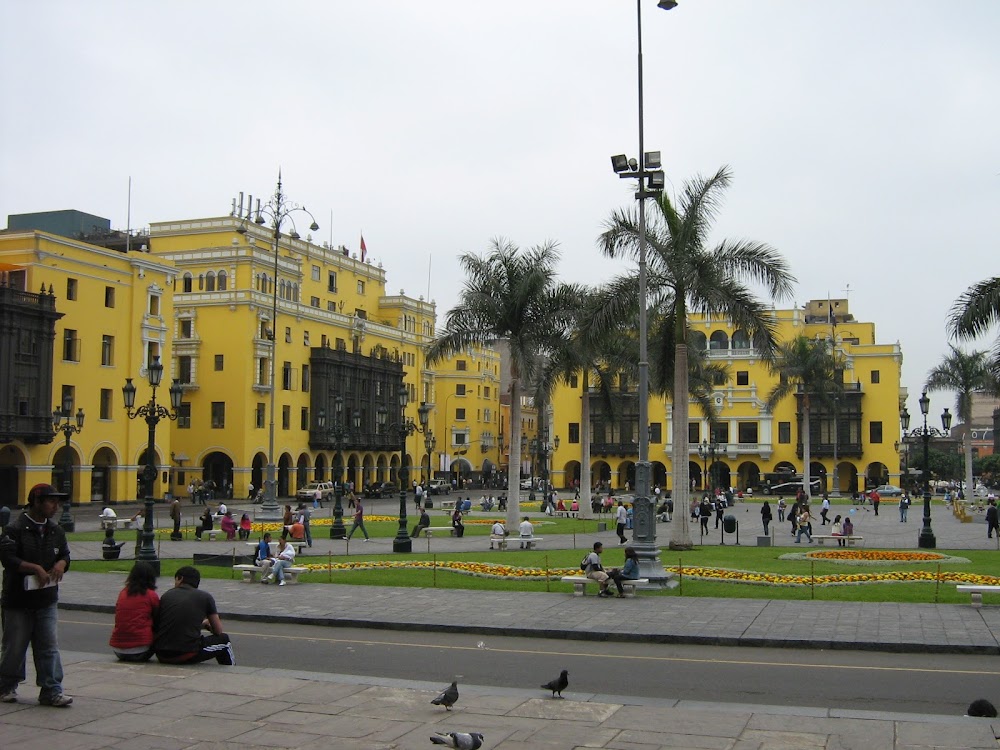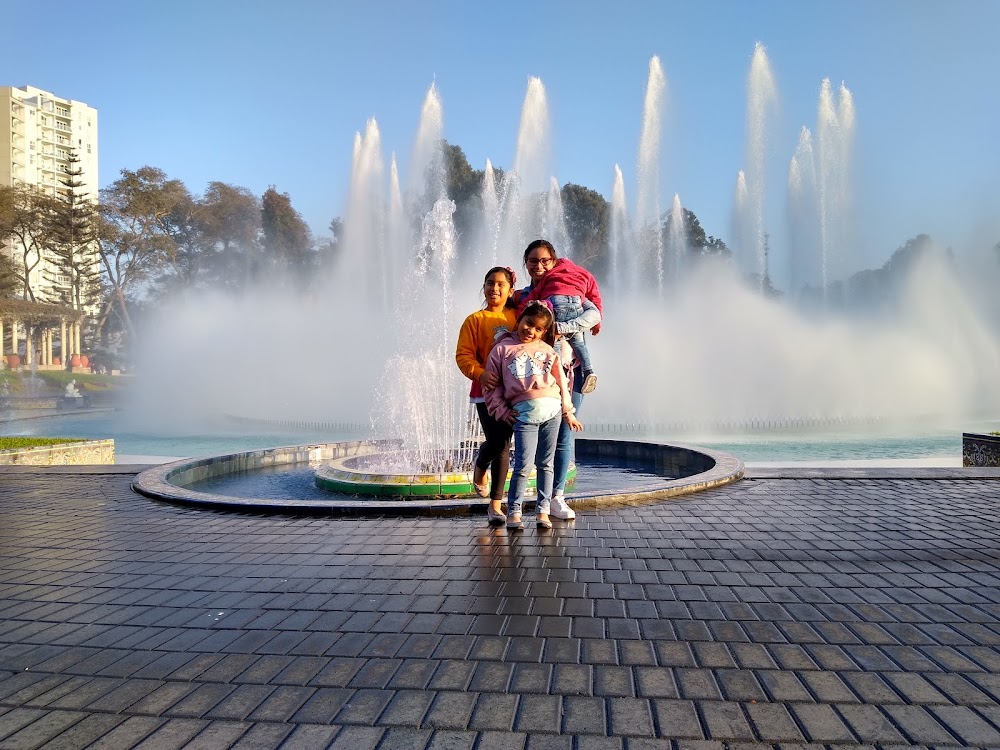Plaza Mayor (Plaza Mayor)
Overview
Welcome to Plaza Mayor, the vibrant heart of Lima, Peru! This historic square, often referred to as Plaza de Armas, is not only a central landmark in the city but also a profound reflection of Lima's rich history, lively culture, and architectural splendor.
Founded by Spanish Conquistador Francisco Pizarro in 1535, Plaza Mayor emerged shortly after the establishment of Lima. Serving as the epicenter of city planning during the colonial era, the square has hosted numerous significant events, from political gatherings to grand celebrations. Its strategic importance is highlighted by the impressive historical buildings that surround it, each narrating its own chapter of Peru's past.
On one side of the Plaza stands the Government Palace, also known as the House of Pizarro. This remarkable building serves as the official residence of Peru's President and symbolizes the nation's political evolution. Here, you can witness the ceremonial Changing of the Guard, a captivating display of military tradition that occurs daily at noon.
Adjacent to the Government Palace is the stunning Lima Cathedral. Dating back to the 16th century, it is one of the oldest and most iconic structures in the city. Though it has undergone various renovations due to earthquakes, its majestic baroque and neoclassical architecture continue to impress. Inside, you can explore the tomb of Francisco Pizarro, beautiful chapels, and a museum that houses religious artifacts.
Another architectural gem is the Archbishop’s Palace, renowned for its striking baroque facade and intricately carved wooden balconies. This palace remains the residence of the Archbishop of Lima and stands as a stunning example of colonial architecture.
As you stroll around Plaza Mayor, take a moment to admire the exquisite bronze fountain at its center, installed in 1651. This fountain has silently witnessed the city’s transformation over the centuries. The square itself is beautifully landscaped, adorned with vibrant gardens and palm trees, creating a tranquil ambiance amid the city's hustle and bustle.
Plaza Mayor plays a vital role in Lima's identity through its traditional celebrations and festivities. It hosts the city's most significant events, such as the annual Independence Day celebrations on July 28, featuring parades, music, and dance that showcase the nation’s pride. The plaza also comes alive during Christmas and Easter, adorned with lights, nativity scenes, and religious ceremonies attended by large crowds.
For food lovers, the surrounding area is a culinary paradise, offering a diverse range of options from classic Peruvian dishes to contemporary fusion cuisine. Nearby restaurants and cafes provide the perfect setting to relax and absorb the historic atmosphere while savoring local flavors such as ceviche, lomo saltado, or a refreshing pisco sour.
An intriguing yet lesser-known aspect of Plaza Mayor is its role as a cultural and educational hub. Just a short walk away, you’ll find several historical museums and libraries. For instance, the nearby Museum of Peruvian Literature showcases the works of prominent Peruvian writers and poets, offering a deeper understanding of the country’s literary heritage.
While visiting Plaza Mayor, be sure to explore the nearby Jirón de la Unión, a bustling pedestrian street that connects the plaza to Plaza San Martín. This lively street is lined with shops, historical buildings, and street performers, capturing the vibrant essence of Lima's urban life.
In conclusion, Plaza Mayor is more than just a historic square; it is a vibrant living museum where past and present intertwine. Whether you are a history enthusiast, a culture lover, an architecture admirer, or simply a traveler seeking to soak in the spirit of Lima, Plaza Mayor offers an enriching and captivating experience. Its significance as the birthplace of Lima, coupled with its ongoing relevance in contemporary events, makes it a must-visit destination for anyone exploring the Peruvian capital.


